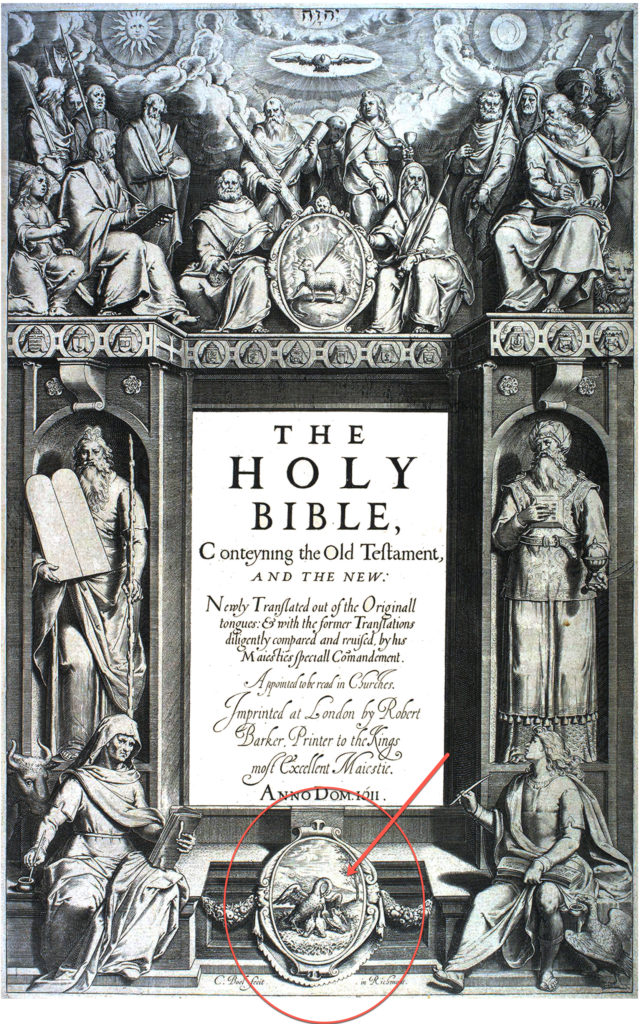Some preachers might lead you to believe that nothing terrible will ever happen to you or those you love once you become a Christian. It’s as if God surrounds you with a magic bubble, but the Apostle Paul would beg to differ. Stoned, flogged, shipwrecked, beaten, and left for dead, Paul had endured the worst. He told the Corinthians:
But we have this treasure in jars of clay to show that the surpassing power belongs to God and not to us. We are afflicted in every way, but not crushed; perplexed, but not driven to despair; persecuted, but not forsaken; struck down, but not destroyed; always carrying in the body the death of Jesus, so that the life of Jesus may also be manifested in our bodies. For we who live are always being given over to death for Jesus’ sake, so that the life of Jesus also may be manifested in our mortal flesh. So death is at work in us, but life in you (2 Corinthians 4:7-12).
In the next life, we will have new bodies. The resurrected Jesus could show Thomas the scars on his hands, feet, and side. I wonder if the resurrected Paul will bear the scars of his floggings? If so, they will be spiritual beauty marks!
After announcing, “We are afflicted in every way,” Paul lists four challenges he faced and God’s blessings. I like Merrill Tenney’s translation:
squeezed but not squashed;
bewildered but not befuddled;
pursued but not abandoned;
knocked down but not knocked out.
Today we’ll consider the last couplet: “knocked down but not knocked out.” “Knocked out” literally means “to be ruined or destroyed.” The apostle forewarns us of the bruises that await the faithful Christian. For some, the bruises might be the real scars of persecution or even martyrdom. None of us will escape this earth without injury. It might be the loss of a job because your Christian ethics are not “business is business.” It could be the loss of a spouse or a child, or a friend. Perhaps the worst scars are from the knife wounds in our backs from so-called brothers and sisters. However, Paul triumphantly proclaims, we’ve been “knocked down but not knocked out.” The wounds are real, but we are not destroyed!
Do you remember the scene in Lystra (Acts 14)? Shortly before, the citizens of Lystra tried to honor Paul as a god, then surprisingly, they tried to stone him. The apostle was left for dead, bruised and bleeding, beneath a pile of rocks. The Christians gathered around. Tears filled their eyes. They began planning Paul’s funeral, but God had other plans. Can you see it? A hand starts to move. A rock rolls off the pile, and Paul is alive! They must have rushed to his side, pulling the stones away. God raised him up! Paul had been “struck down, but not destroyed.”
Has someone hurt you? You, too, have been struck down, but don’t let it destroy you! Breathe in God’s Spirit and rise above! Our God is real, and we are alive.




